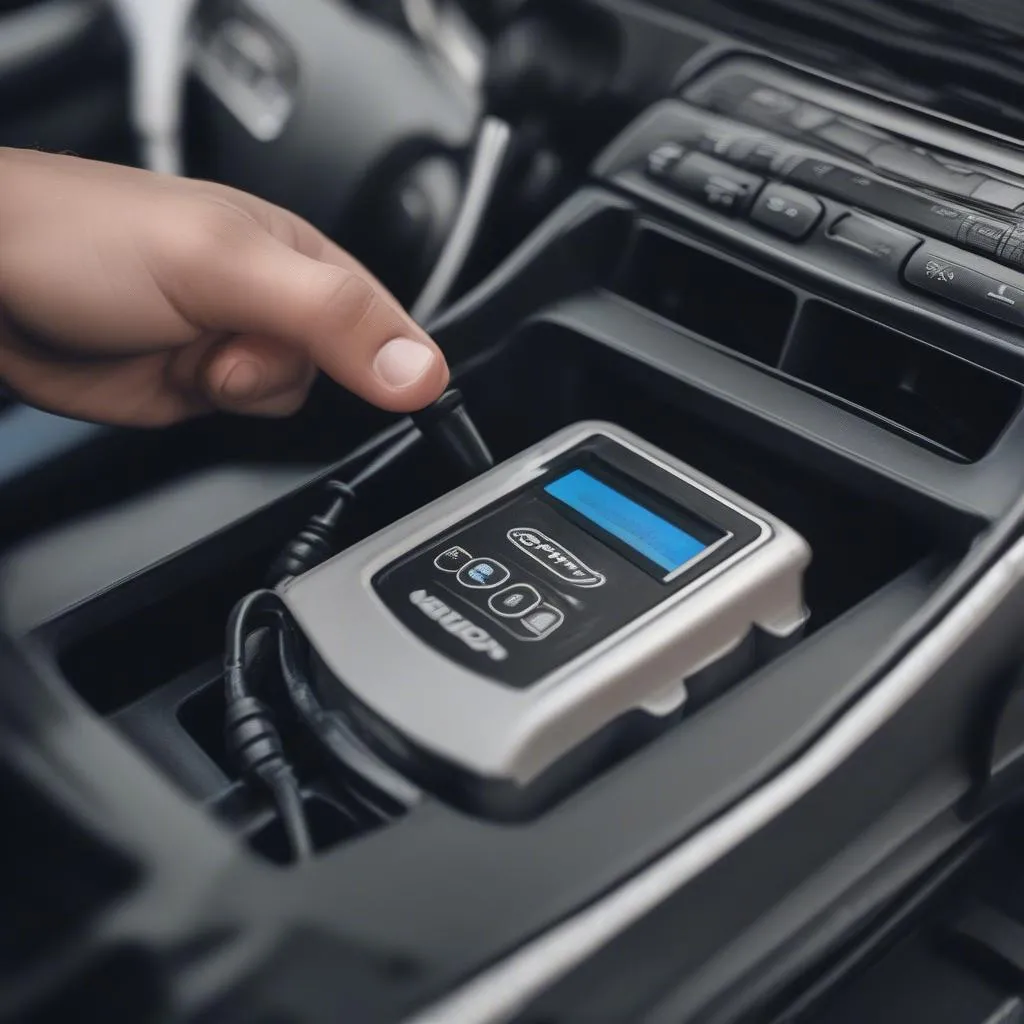One of the most unsettling experiences for a Seat Leon driver is seeing a warning light illuminate on the dashboard. These lights are your car’s way of communicating that something requires attention, ranging from minor issues to potentially serious problems. Understanding what each warning light means can save you time, money, and even prevent a breakdown. This comprehensive guide will delve into the various Seat Leon warning lights, their meanings, and what actions to take when they appear.
Decoding Your Dashboard: Common Seat Leon Warning Lights
Your Seat Leon’s dashboard is equipped with an array of symbols, each conveying a specific message about your vehicle’s health. Let’s break down some of the most common warning lights and what they indicate:
Engine Management Light (Amber or Red)
The engine management light, often depicted as an engine outline, can be a source of anxiety for drivers. An amber light suggests a potential issue with the engine or emissions system, such as a misfire, faulty sensor, or loose gas cap. While you can continue driving, it’s crucial to have the issue diagnosed and resolved promptly to prevent further damage. A red engine management light, however, demands immediate attention. It indicates a severe problem requiring you to stop driving immediately and seek professional assistance.
Electronic Stability Control (ESC) Light (Amber)
This light, typically showing a car with skid marks, illuminates when the ESC system is engaged, indicating it’s actively helping to maintain vehicle stability, especially on slippery surfaces or during sharp turns. If the light stays on continuously, it might signal a malfunction within the system.
Tire Pressure Monitoring System (TPMS) Light (Amber)
The TPMS light, resembling an exclamation mark within a tire cross-section, warns of low tire pressure in one or more tires. Consistent illumination suggests a significant loss of pressure or a system fault. It’s essential to check your tire pressure immediately and inflate as needed. Ignoring this light can lead to reduced fuel efficiency, uneven tire wear, and compromised handling.
Anti-Lock Braking System (ABS) Light (Amber)
This light, displaying the letters “ABS” surrounded by a circle, signifies a potential problem with the Anti-lock Braking System. While your regular brakes might still function, the ABS, crucial for preventing wheel lockup during hard braking, might be compromised. It’s vital to have the system inspected promptly to ensure safe braking performance.
Beyond the Basics: Understanding Other Important Warning Lights
While the aforementioned lights are some of the most frequently encountered, your Seat Leon has other warning lights that shouldn’t be ignored:
- Battery Charge Warning Light (Red): This light, often a battery symbol, indicates a problem with the charging system.
- Coolant Temperature Warning Light (Red): This light, typically a thermometer icon, warns of engine overheating and requires immediate attention.
- Oil Pressure Warning Light (Red): This light, often resembling an oil can, signals low oil pressure, which can lead to severe engine damage if ignored.
- Airbag Warning Light (Amber): This light, depicting a person seated with a deployed airbag, indicates a potential fault in the airbag system.
“Regular maintenance and timely attention to warning lights are paramount,” says Jason Carter, a seasoned automotive engineer with over 15 years of experience specializing in European car diagnostics. “Ignoring these signals can escalate minor issues into costly repairs and compromise the safety and reliability of your Seat Leon.”
What to Do When a Warning Light Illuminates
The appearance of a warning light doesn’t necessarily signify a major problem. However, it’s essential to take the following steps:
- Consult Your Owner’s Manual: Your Seat Leon’s owner’s manual provides a detailed explanation of each warning light and recommended actions.
- Assess the Severity: Red warning lights typically indicate a more serious issue requiring immediate attention. Amber lights often suggest a less urgent problem but should still be addressed promptly.
- Seek Professional Help: If you’re unsure about the meaning of a warning light or the severity of the issue, it’s best to consult a qualified mechanic specializing in Seat vehicles.
seat warning lights and what they mean provide comprehensive guides and resources to help you understand and address warning light issues.
Maintaining Your Seat Leon: Proactive Measures for a Smooth Ride
Prevention is always better than cure. Here are some proactive measures to keep those warning lights at bay:
- Adhere to Scheduled Maintenance: Regular servicing by a qualified technician can help identify and address potential issues before they escalate.
- Monitor Fluid Levels: Regularly check your engine oil, coolant, brake fluid, and power steering fluid levels.
- Inspect Your Tires: Maintain proper tire pressure, check for wear and tear, and rotate them as recommended by your owner’s manual.
- Pay Attention to Unusual Noises or Smells: Any unusual sounds or smells emanating from your vehicle can be early indicators of a problem.
Conclusion
Your Seat Leon’s warning lights are crucial communication tools designed to keep you informed about your vehicle’s health. Understanding their meanings and taking appropriate action can help you avoid costly repairs, ensure your safety, and enjoy a smooth and worry-free driving experience.


